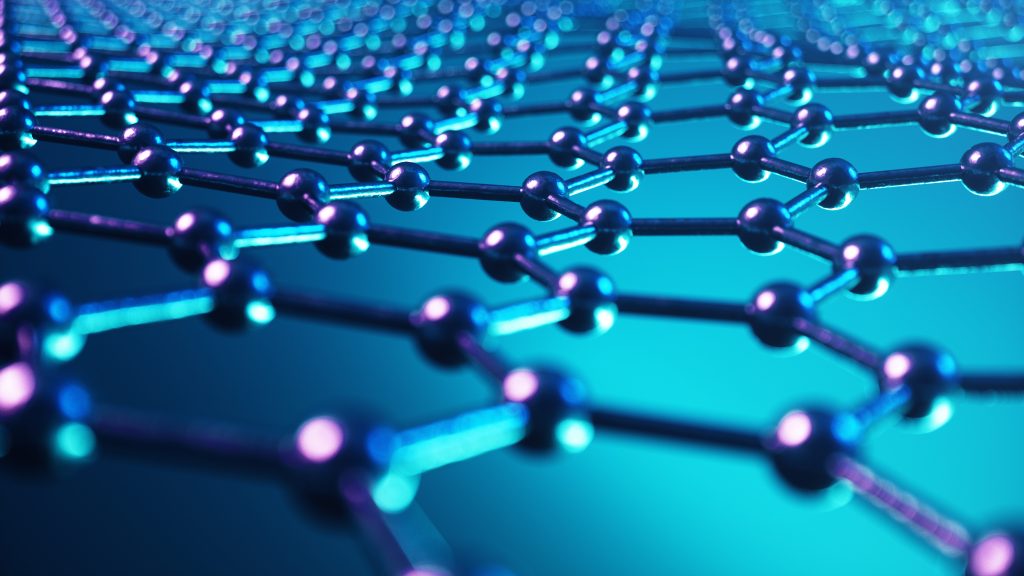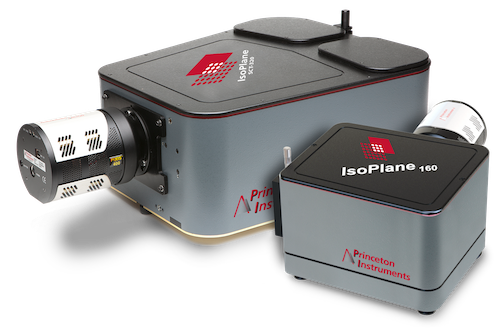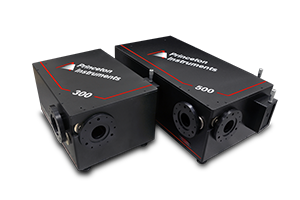Ryo Kitaura
npj 2D Materials and Applications
Momentum-forbidden dark excitons in hBN-encapsulated monolayer MoS2
Introduction
Two dimensional materials, i.e. materials that can be produced in crystalline, single atomic layers, have opened up a wide field of research investigating the physics and engineering of these structures. For engineering new devices, scientist build so called van-der-Waals heterostructures where they combine different 2D materials in layered stacks and probe them by electrical and optical methods. Combining different materials can significantly change the physical properties of the materials itself

Researchers from Japan report on experiments with materials encapsulated in hexagonal Boron-Nitride (hBN), i.e. they are completely enclosed in an hBN layer to their bottom and top sides. While this is typically done to preserve the pristine properties of the 2D materials, their optical measurements show that hBN itself alters the physical properties of the encapsulated material.
The experiments use sensitive temperature dependent microspectroscopy to monitor the PL emission. The setup to measure the weak PL signal is realized using an Isoplane spectrograph. For tunable excitation the researchers use a supercontinuum laser source coupled to a SP-2150 monochromator.


